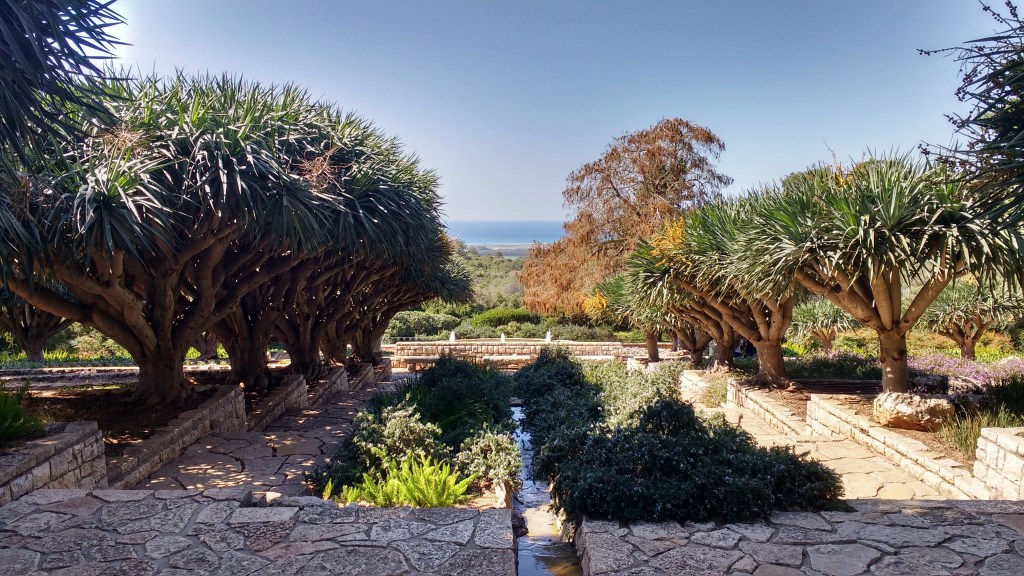We ended our story with the darkest of the dark – it was the night of the new moon. But one thing that is true of the new moon – the certainty of increasing light. So there was a hope of renewal after Aristobulus II and his tragic end. Aristobulus’ second son, Antigonus, had been exiled to Rome with his father in 63 BCE. After 6 years in prison, Antigonus escaped and made his way back to Judea to reclaim his father’s throne.
He knew he couldn’t do it himself. First, he turned Jews away from his uncle, Hyrcanus, who had been serving as high priest under the Romans. Hyrcanus, Antigonus claimed, was heavily influenced by Antipater, an outsider and an Edomite, not from the pure Jewish stock. We have seen from our previous investigation of Hyrcanus II how influential Antipater was in Hyrcanus’ maintaining his influence and power.
Second, Antigonus vilified the Romans. Roman rulers Anthony and Cleopatra had been taxing the people heavily to pay for their extravagant lifestyle. Heavy taxes are one sure way to cause the populace to revolt against the leadership – whether it is the continued high taxes of King Solomon’s son, or high taxes in the American colonies – no one wants to pay excessive tax. Even more important, those who are most opposed to high taxation are those who have wealth, so Antigonus attracted the most influential members of Judean society to his cause. According to Josephus, Antigonus even goes to the Jews of Mount Carmel and asks for their help in his efforts.

Finally, Antigonus found an international partner – the Parthians from the area of today’s Iran. The same people against whom the desert fortresses were built by Antigonus’ grandfather and great-grandfather, allied themselves with the newest Hasmonean leader who promised to deliver to them 500 female slaves in exchange for their help. The Parthians, themselves, considered the Hasmoneans as partners in their battles against the Romans for regional supremacy.
It was Antigonus who ordered the disfigurement of Hyrcanus II, having his ears mutilated in order to disqualify him from ever serving in the Temple in Jerusalem again. The Edomite family of Antipater was ravaged by Antigonus and the Parthians. Antipater, himself, was poisoned. Antipater’s son, Phasael, bashed his brains in order to have the satisfaction of dying at his own hand and not in the hands of the Parthians. Antipater’s younger son, Herod, fled for his life from Jerusalem.
Herod went straight to the Romans to state his case against Antigonus. The Romans didn’t really care about who was the “rightful” heir to the Hasmonean dynasty – Rome cared much more about loyalty to Rome. Herod gained the support of the senate and he was nominated in 40 BCE, the same year that Antigonus seized power in Jerusalem, as King of Judea. Possession is 9/10 of the law, and as Herod was in Rome and Antigonus was in Jerusalem, it was hard for Herod to claim his throne. He garnered support of the Roman army and set out for Jerusalem. It would take 3 years for Herod to reclaim the territory for himself (and Rome), during which time Antigonus was de facto king. In 37 BCE Herod was able to capture Jerusalem and take the Temple. Antigonus was captured, taken to Antioch and executed (either by beheading or by crucifixion) by the Romans.
Romans controlled the Western World during these times and crossing them was not wise politically. Antigonus found out the hard way that even an alliance with the Parthians would not save him. The next ruler of Judea would have to work with the Romans – but he would not be a Hasmonean, but rather from a family of Edomite converts with a deep history of working with the Romans. Hasmoneans exit stage left. Herod enters stage right, and the drama continues.
1 Comment